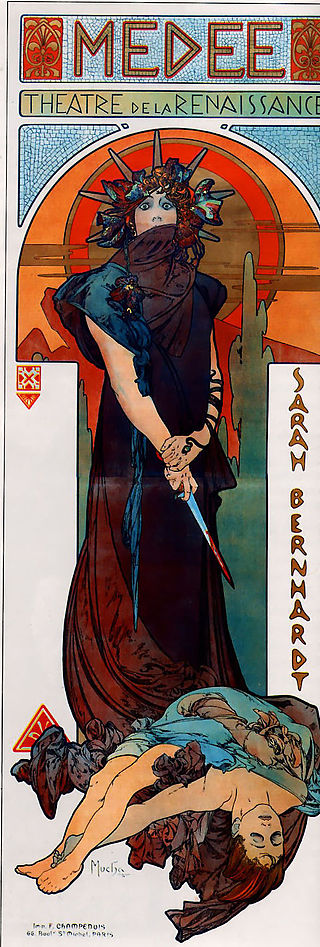"I tried to read this morning, but I stopped in the quest for the Golden Fleece, distracted again by
Medea, who can only think of Jason, her face red, her heart aflame, engulfed by sweet pain. The goddess struck her with love, and she had no choices. I could not concentrate. My stomach was its own animal, and thoughts of Manny kept surfacing like swimmers in my brain; I had my own tender pain"(p. 109).
This passage demonstrates how deeply Esch relates to Medea. In the myth, Hera casts a spell of Medea, causing Medea to fall madly in love with Jason. Medea cannot stop thinking about Jason, and would do anything for him, no matter the request. Esch, as well, is completely infatuated by Manny, her own Jason. His rude actions and cold attitude towards does not matter in the eyes of Esch; her love always forgives him. However, for both Medea and Esch, their love isn’t enough; they are both brutally betrayed by the men they think they love. Jason and Manny are cruel to the girls, insulting their pride and choosing another girl to love. This passage is important because reveals the pain that often comes with love and loyalty.
This is an artistic depiction of Medea, created by Evelyn Pickering De Morgan in 1889 from London. It was displayed in the Williamson Art Gallery in Birkenhead.
A white rose was chosen to symbolize Esch. A white rose symbolizes innocence, youth, and the idea that “I am worthy of you.” Esch is young, and innocence, driven by what she thinks is love. Her youth, her innocence, causes her to want to prove her worth to Manny; she wants Manny to love her back. The rose no longer symbolizes Esch at the end of the book. She soon realizes that Manny isn’t worth it (as well as when the hurricane stips her of her youth as she tries to survive).













